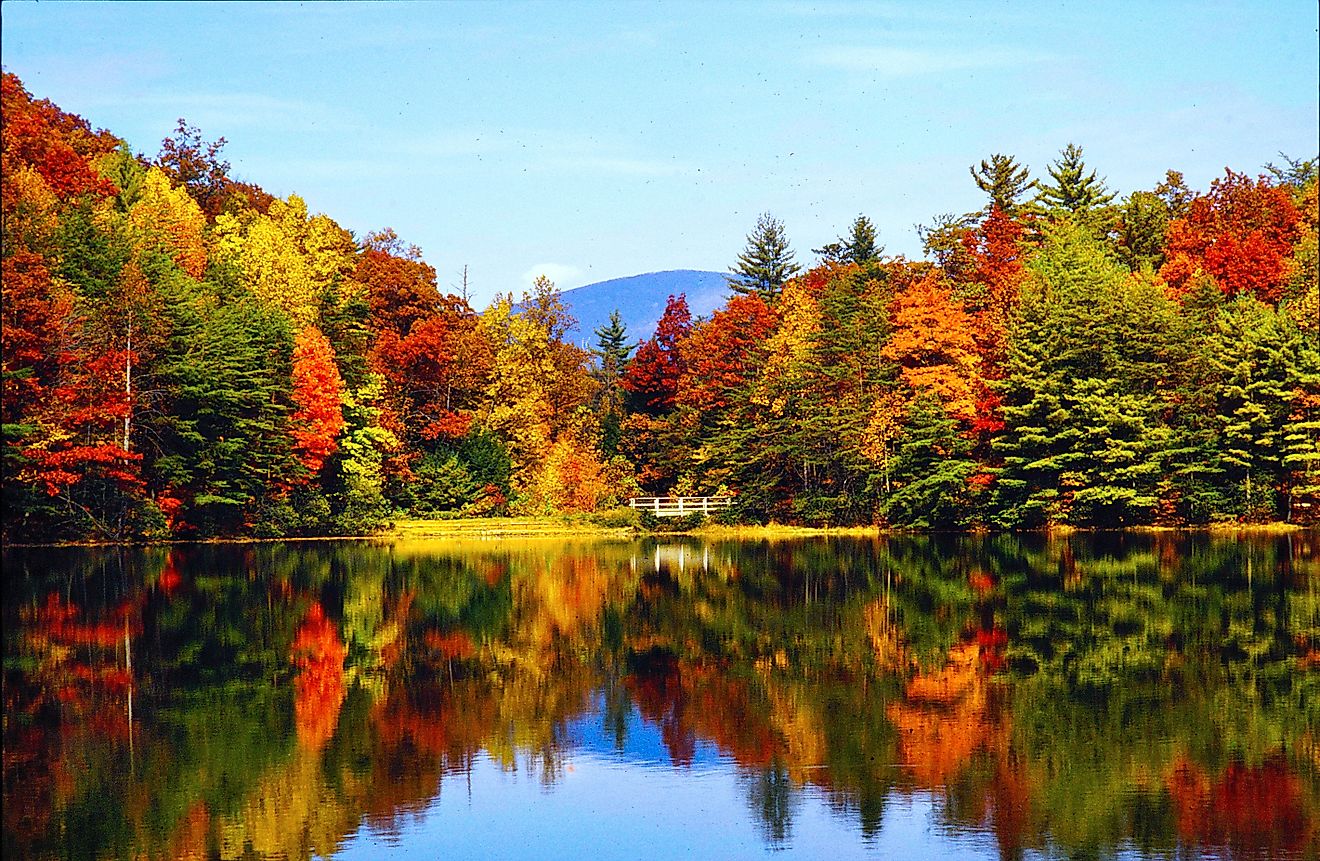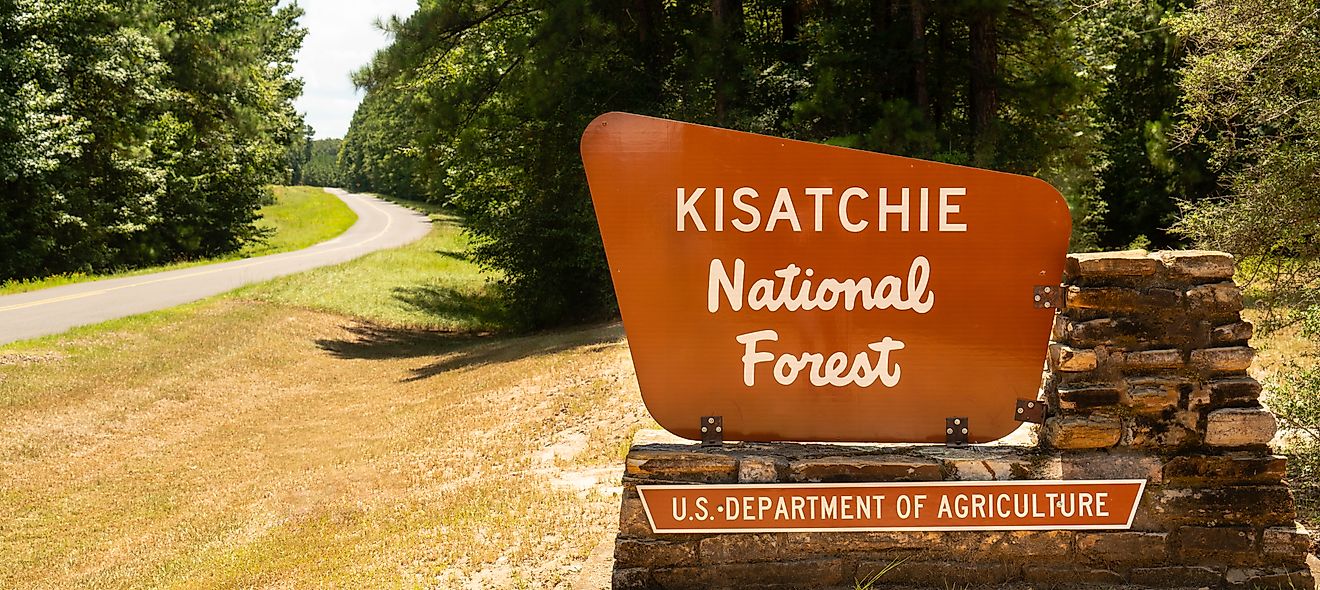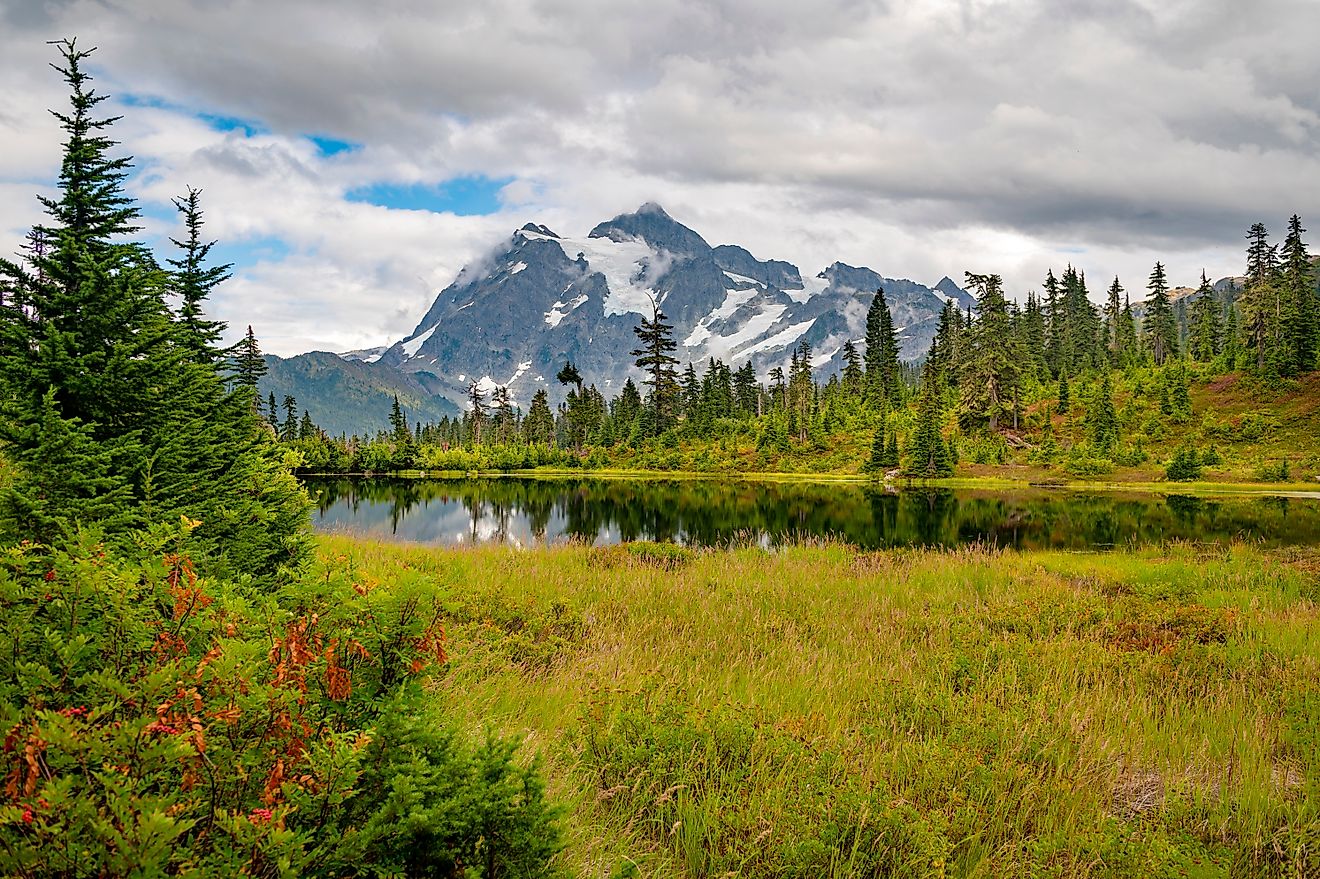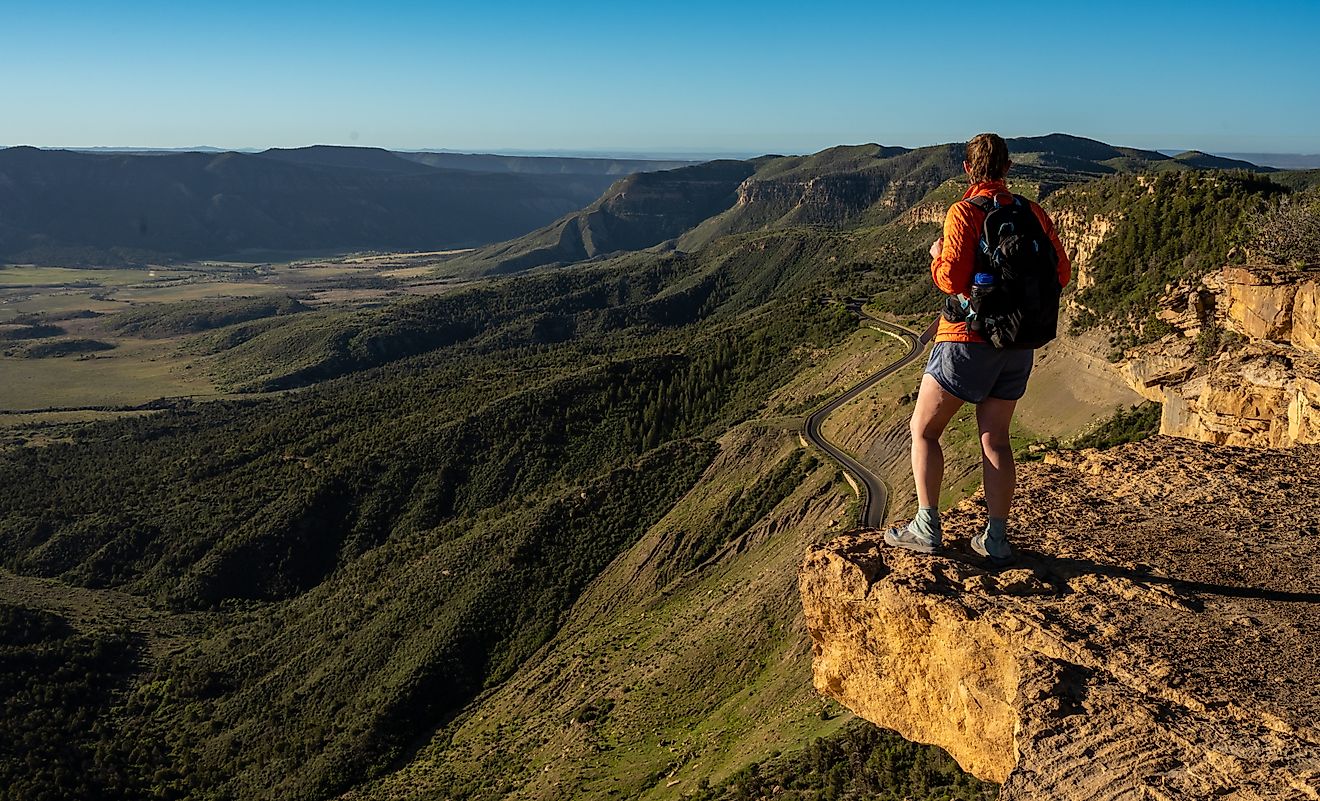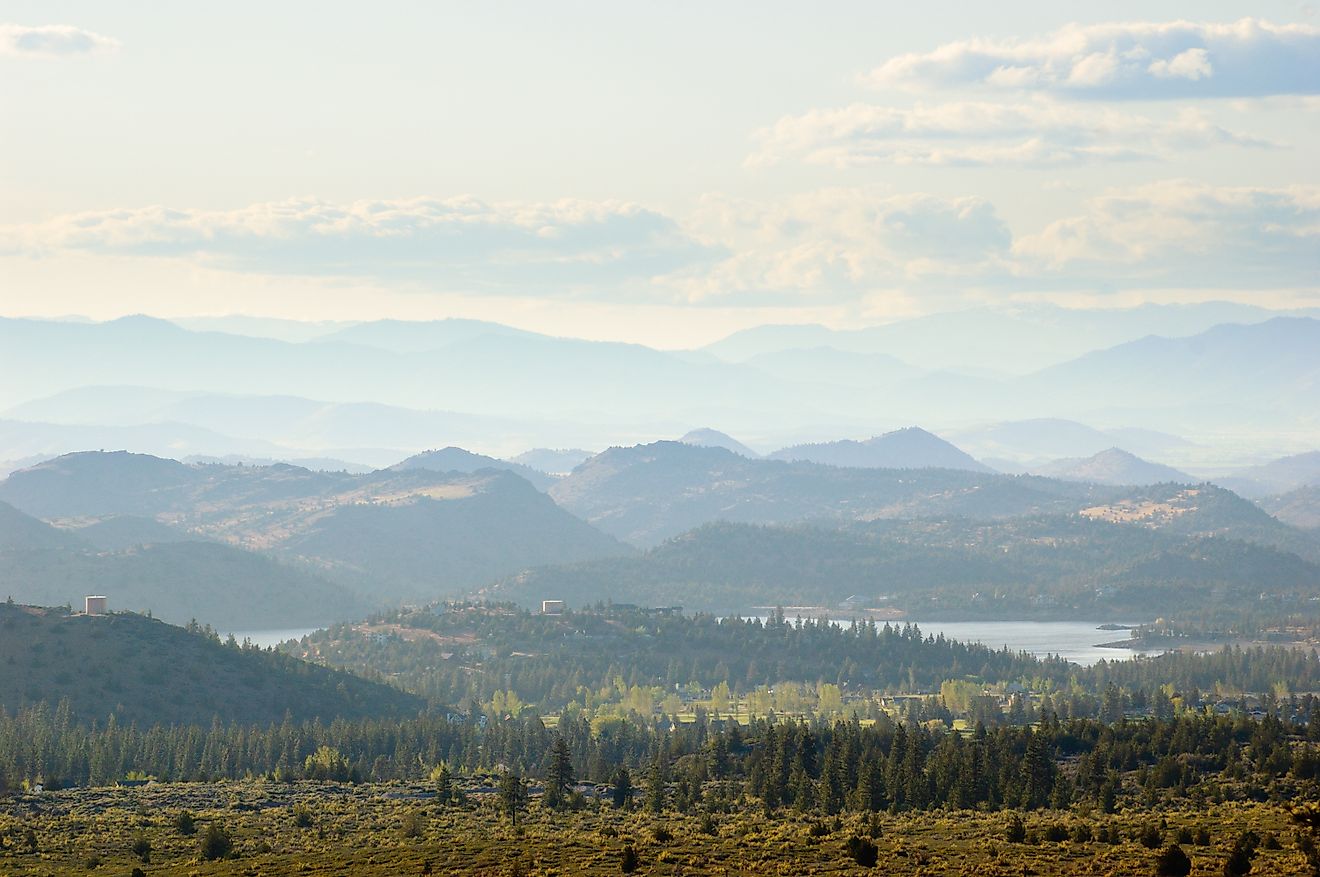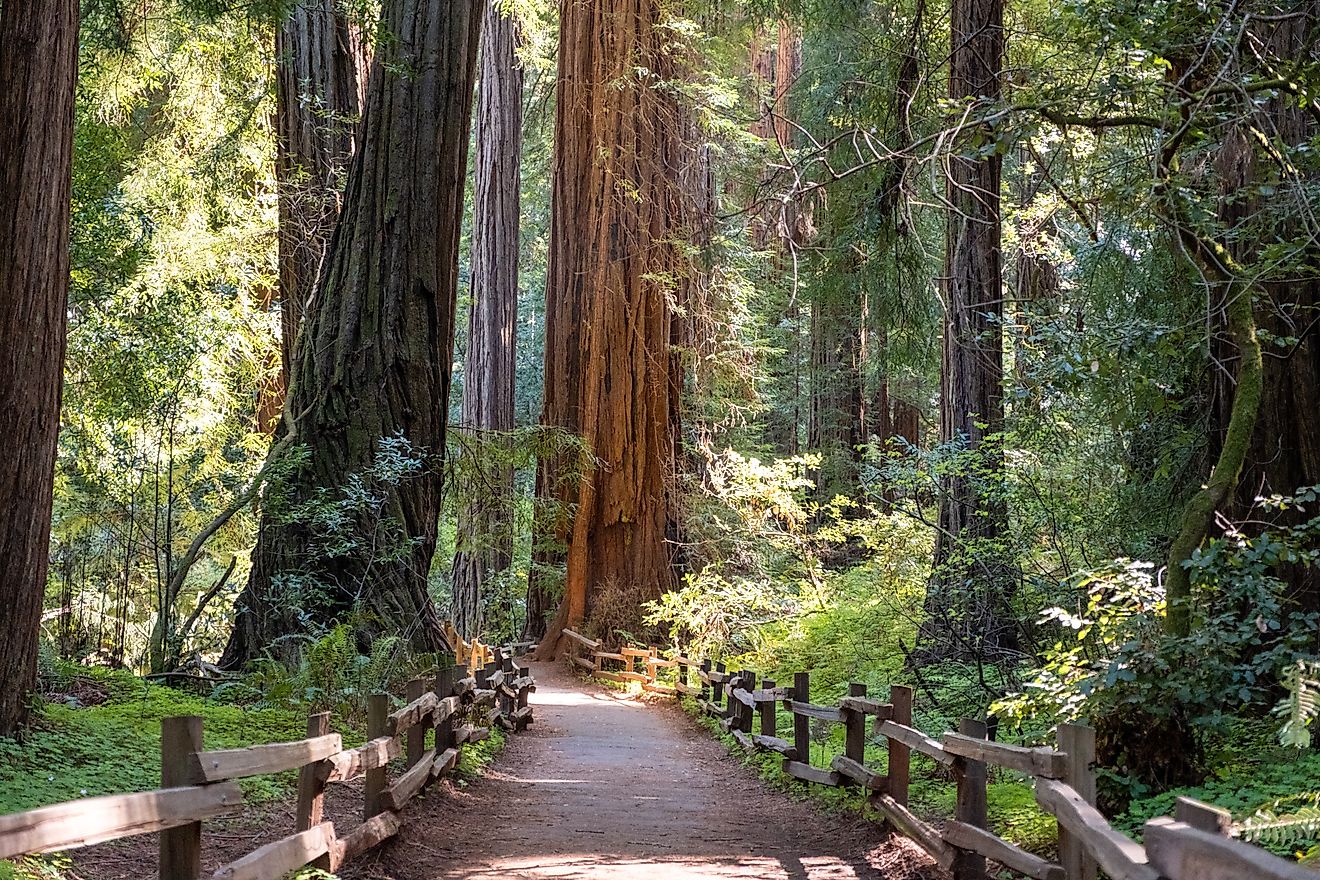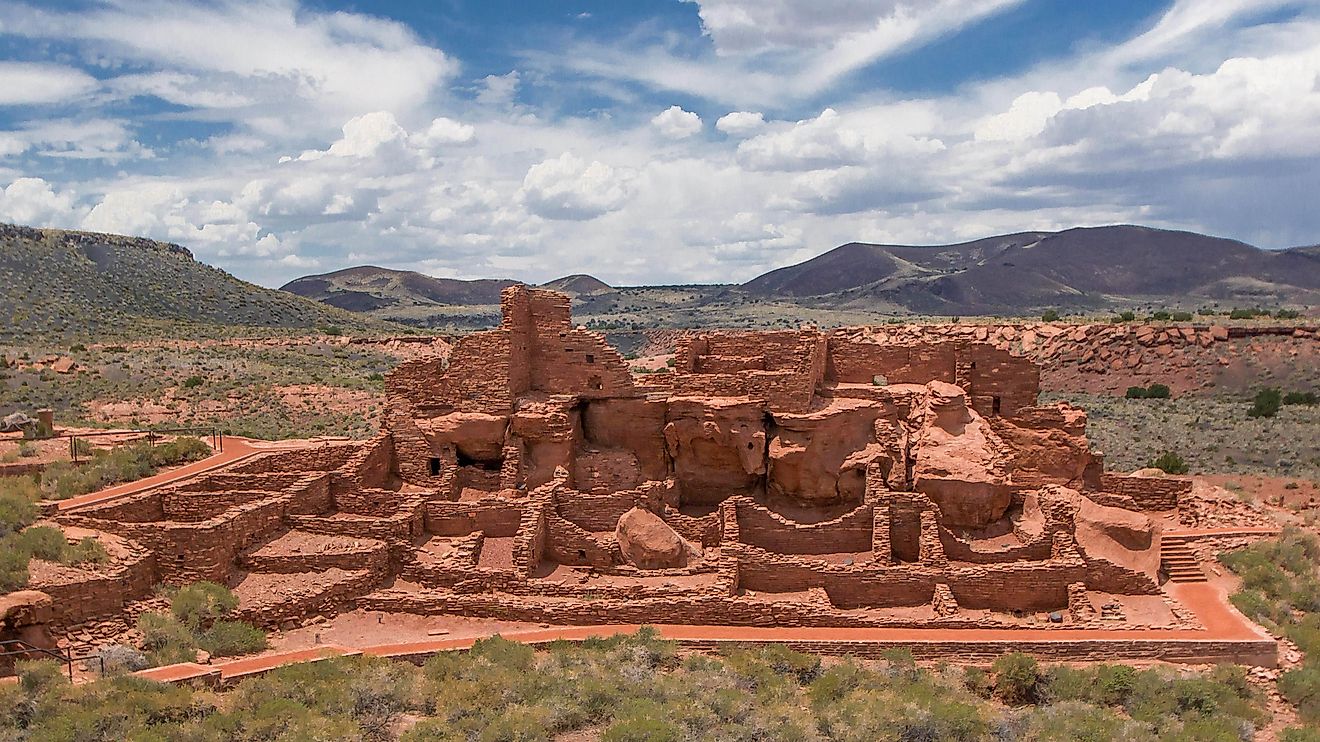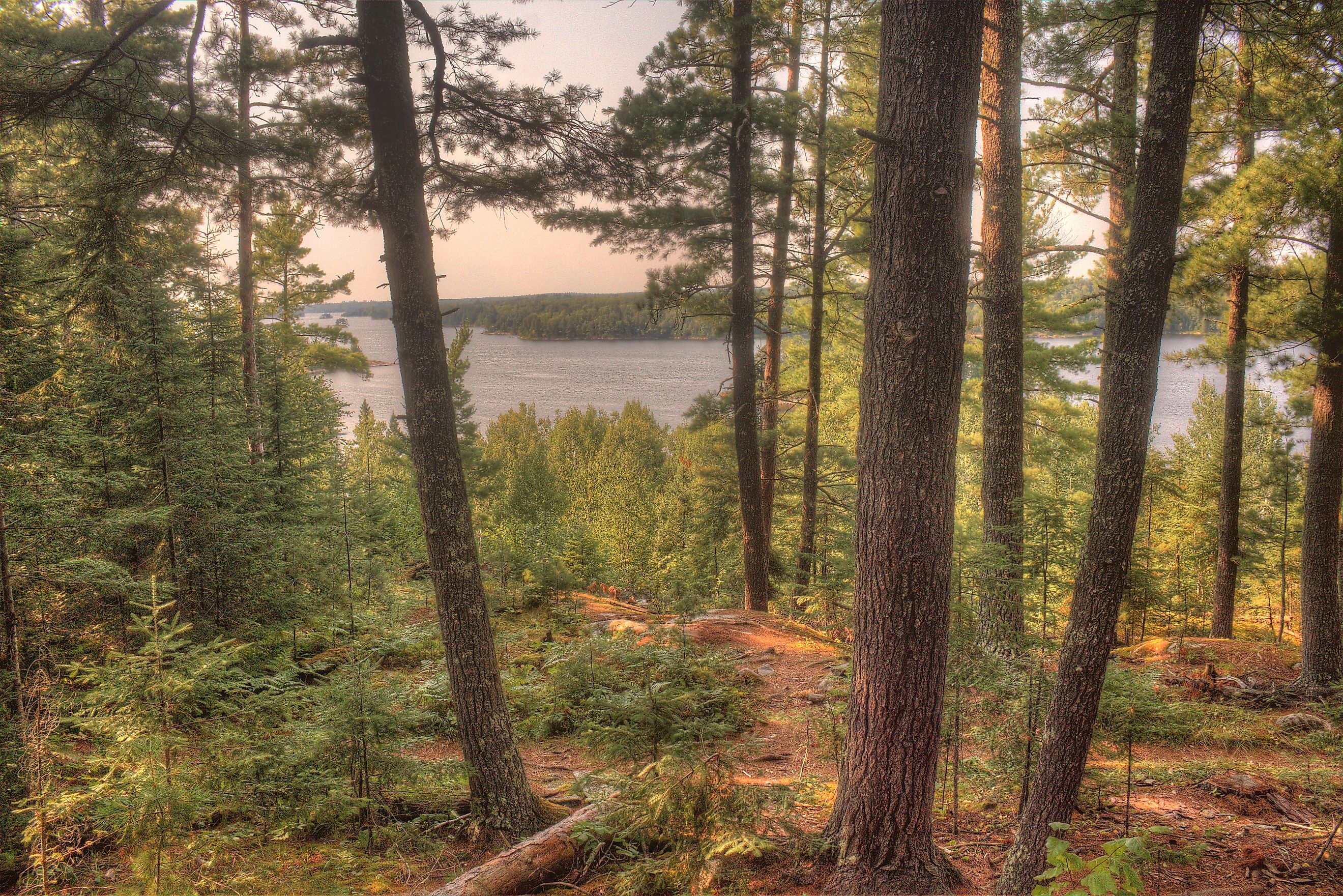
Voyageurs National Park
Far up in the northern reaches of Minnesota, where land and water seem to braid together, lies one of the most unique landscapes in the United States. Voyageurs National Park, established in 1975, is not defined by scenic drives or mountain overlooks, but by lakes, islands, boreal forests, and the quiet rhythm of water travel. Where roads are traded for waterways, where paddles and propellers are the main means of exploration, and where the history of America’s north woods is etched in stone and shoreline.
Located near International Falls and named in honor of the French-Canadian voyageurs who once paddled these waters during the fur trade, Voyageurs is the only national park in Minnesota. It preserves a remarkable stretch of the Canadian Shield, a billion-year-old bedrock scoured and shaped by glaciers, covered now in deep forest and glacial lakes.
A Park Defined by Water
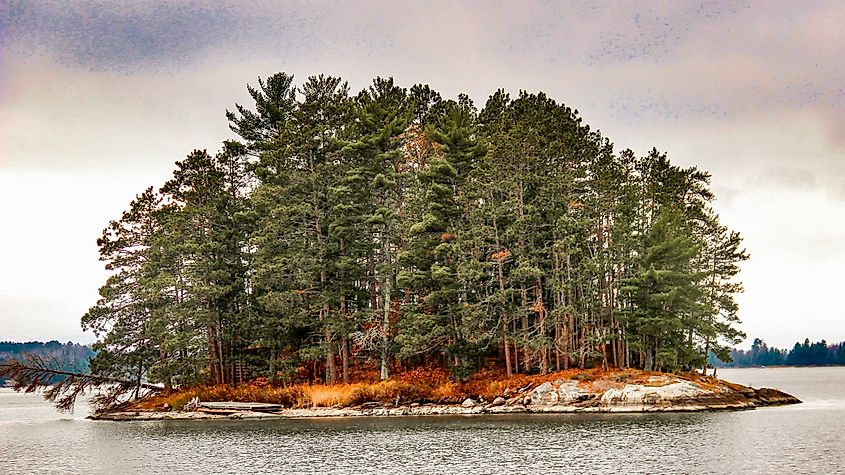
Unlike most national parks, Voyageurs is almost entirely accessible only by boat. Its 218,000 acres are carved up by four major lakes: Rainy Lake, Kabetogama Lake, Namakan Lake, and Sand Point Lake. Together, they form a watery wilderness along the US-Canada border. Houseboats, canoes, kayaks, and motorboats glide across their waters from spring through fall. In winter, snowmobiles and cross-country skis take over when the lakes freeze solid.
Rainy Lake is the largest of the four, stretching 60 miles with a maximum depth of 161 feet. Namakan Lake reaches a similar depth and flows together with Sand Point Lake. Kabetogama Lake, the southernmost, covers more than 25,000 acres and is peppered with forested islands. Smaller interior lakes such as Locator and Cruiser provide quieter escapes deep within the park's peninsula.
Land of Ancient Rock and Ice

Geologically, Voyageurs National Park tells a story more than two billion years in the making. The exposed bedrock here is among the oldest in North America, formed by volcanic activity, tectonic pressure, and glacial carving. The park lies atop the Canadian Shield and features formations from the Quetico and Wabigoon subprovinces.
During the last Ice Age, glaciers scraped away much of the surface soil, leaving behind scoured rock, moraines, and lake basins. Evidence of these glacial forces is everywhere: striations etched into bedrock, scattered glacial erratics, and the vast lakebeds once filled by Lake Agassiz. On the Kabetogama Peninsula, visitors can see remnants of a brief gold rush in the 1890s, including the remains of the Little American Mine.
Wildlife and Wilderness
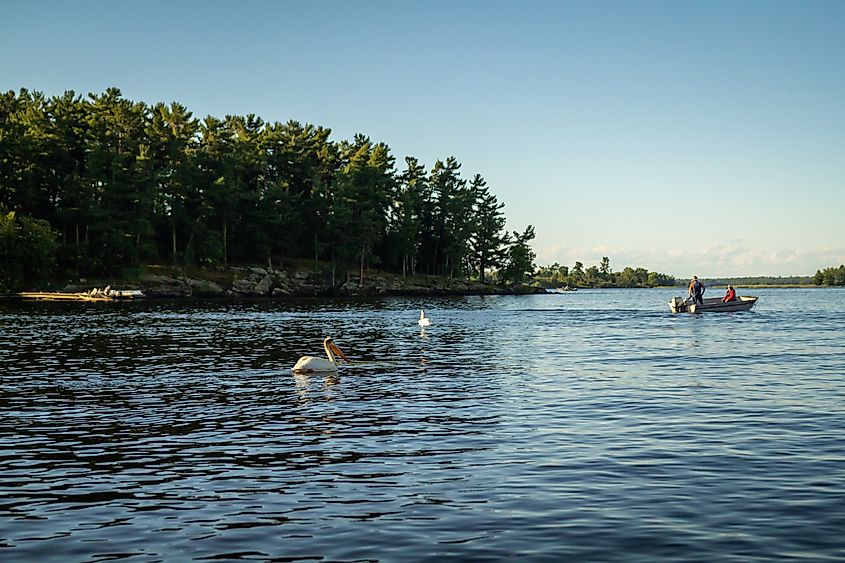
Voyageurs National Park is part of a transitional forest zone where northern coniferous forest blends with hardwoods. Black spruce, jack pine, and balsam fir dominate, alongside birch and aspen. This boreal habitat supports moose, black bears, white-tailed deer, foxes, beavers, otters, and even timber wolves. A cougar was photographed within park boundaries in 2022, offering a rare glimpse of the elusive predator.
Birdwatchers can spot bald eagles, loons, cormorants, owls, and an array of warblers. The park's wetlands and waterways make it a haven for migratory birds and aquatic life.
Four Seasons of Adventure
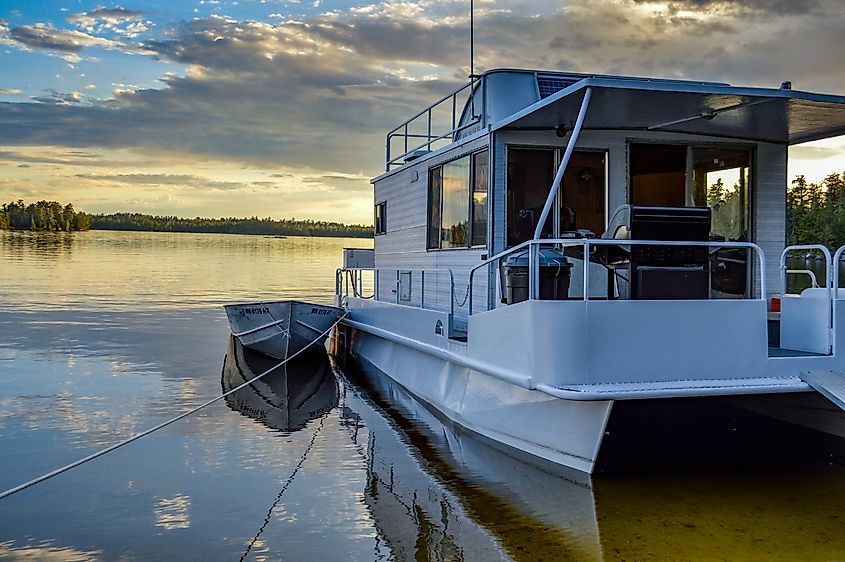
Summer
In warm months, boating is the best way to explore. The National Park Service maintains more than 280 water-accessible campsites throughout the park. Visitors can reserve tent sites, houseboat spots, and day-use areas. Most campsites are on remote islands or along forested peninsulas, accessible only by water. Guided boat tours and water taxis are available for those without their own vessels.
Fishing is another major draw. The park’s lakes are home to Walleye, Northern Pike, Smallmouth Bass, Muskellunge, and Crappie. Interior lakes like Cruiser offer Lake Trout, while Shoepack and Root Lakes support a rare strain of Muskellunge unique to the area.
Hiking opportunities include over 50 miles of trails, though many require boat access. Trails like the Locator Lake Trail lead visitors deep into the park’s interior, where solitude and wildlife sightings are common.
Autumn
Fall brings dramatic changes to Voyageurs. Aspens and maples flash gold and crimson along the shoreline, and wildlife is on the move. It’s a quieter time, with fewer visitors, ideal for reflective paddling and photography.
Winter
Once the lakes freeze, Voyageurs transforms into a frozen playground. The Rainy Lake Ice Road allows vehicles to travel over solid ice. Snowmobiling is permitted along designated lake and land trails, offering access to remote corners. Cross-country skiing, snowshoeing, and winter camping are popular with hardy adventurers. Anglers brave the cold for ice fishing, targeting Walleye and Northern Pike beneath the surface.
Spring
As ice retreats and water opens, migratory birds return in force. It’s a season of renewal. Early spring also brings strong waterfalls, swollen streams, and the year’s first paddling trips.
Stargazing and Solitude
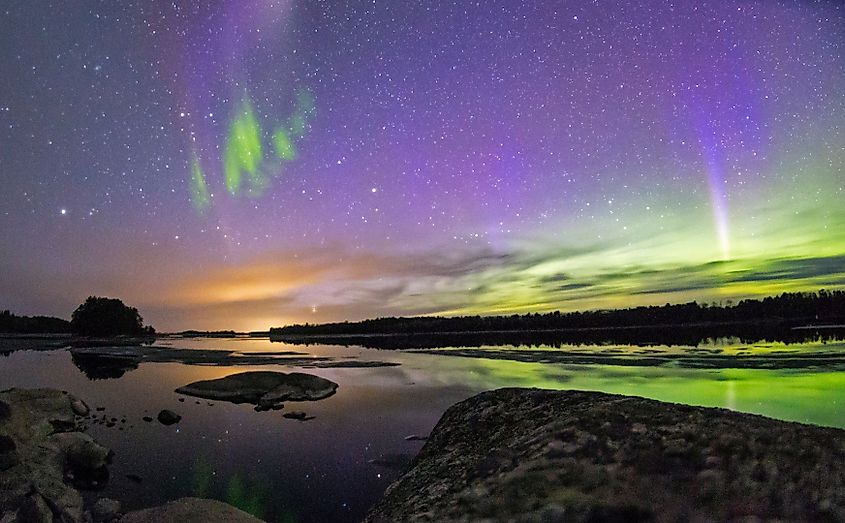
In 2020, Voyageurs National Park was designated an International Dark Sky Park, recognizing its exceptional nighttime visibility. Locations like the Beaver Pond Overlook and Kettle Falls offer unobstructed views of the Milky Way, northern lights, and meteor showers.
Night in Voyageurs is quiet, save for the call of loons or the rustle of trees in the wind. The lack of development in and around the park makes it one of the best places in the continental United States to experience true darkness and silence.
Access and Visitor Centers
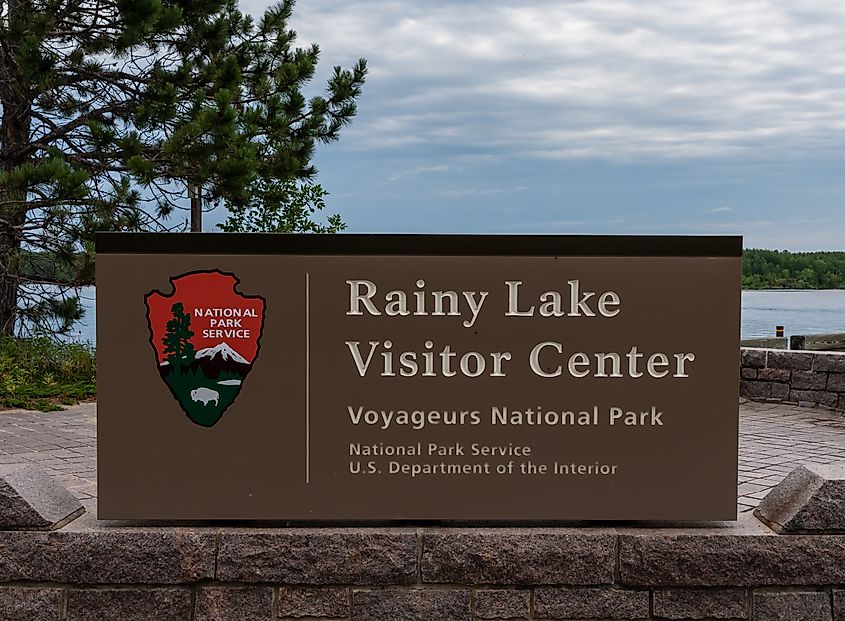
International Falls is the main gateway to the park. Three visitor centers serve as entry points: Rainy Lake Visitor Center, Ash River Visitor Center, and Kabetogama Lake Visitor Center. These offer exhibits, ranger programs, maps, and seasonal services. From these periphery locations, visitors can launch watercraft, book shuttles, or pick up permits.
Voyageurs differs from other parks in its lack of central roads or scenic drives. Most of the park’s 655 miles of shoreline, its 500-plus islands, and its dense forest interiors remain untouched by pavement. This makes planning and preparation essential, but rewards visitors with genuine wilderness experiences.
A Deep Human History
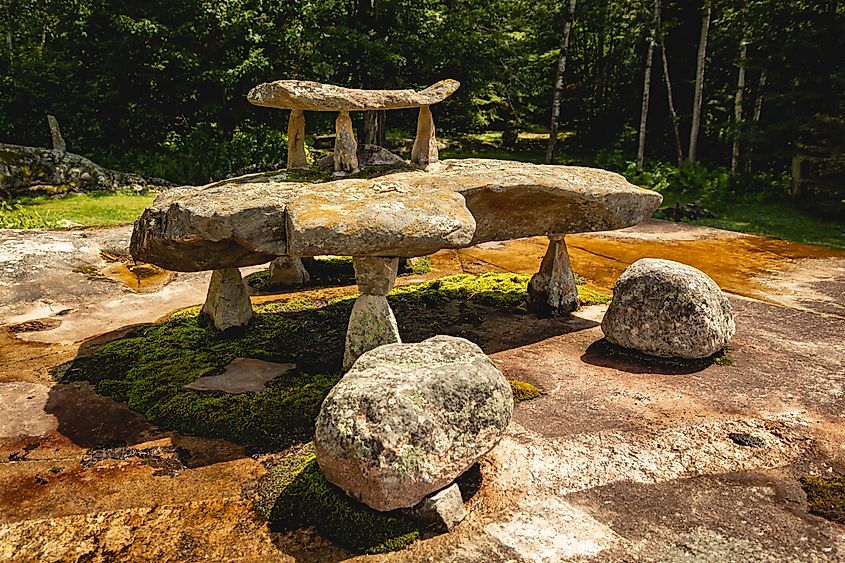
The history of human presence in Voyageurs reaches back nearly 10,000 years. Paleo-Indians arrived after glacial retreat, followed by Archaic period hunter-gatherers. By the Woodland Period, wild rice harvesting and fishing had become central to life in the region. Evidence of these early cultures can still be found in archaeological sites throughout the park.
Later, the area became a major corridor for fur traders. The voyageurs who paddled these waters in birchbark canoes carried goods between Canada and the Great Lakes. Their legacy lives on in the park’s name and interpretive programs.
The idea of a national park here was first proposed in 1891. After decades of advocacy, Congress authorized the park in 1971, and it was officially established in 1975. Today, it remains a tribute to the wild landscapes and cultural heritage of northern Minnesota.
Why Voyageurs Matters
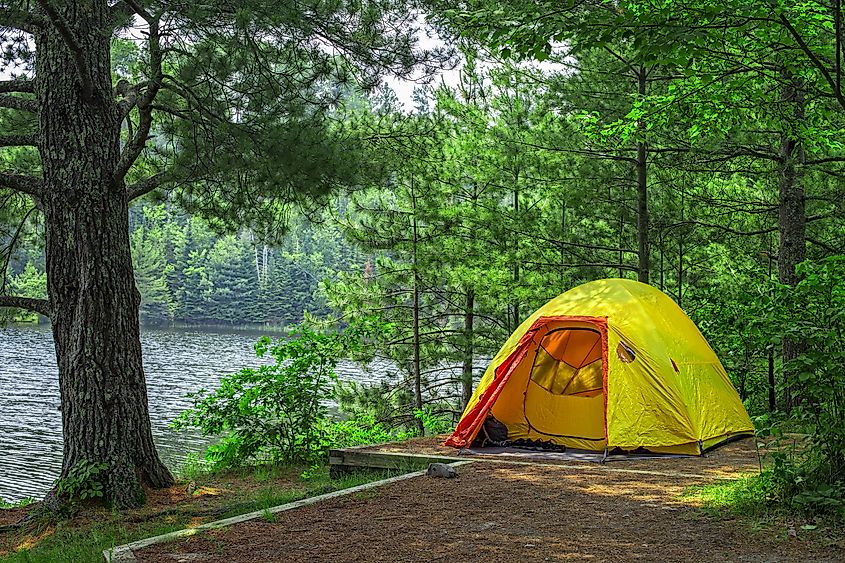
Voyageurs National Park is not about dramatic peaks or paved overlooks. It is about immersion. It’s a park where you paddle instead of drive, where nature surrounds instead of waits at trailheads. Its glacial lakes, ancient rocks, deep forests, and dark skies offer something that is increasingly rare: a true sense of place untouched by modern speed.
Whether you visit by canoe in July or snowmobile in January, Voyageurs offers a chance to slow down, tune in, and witness a world shaped by ice, water, and time.
